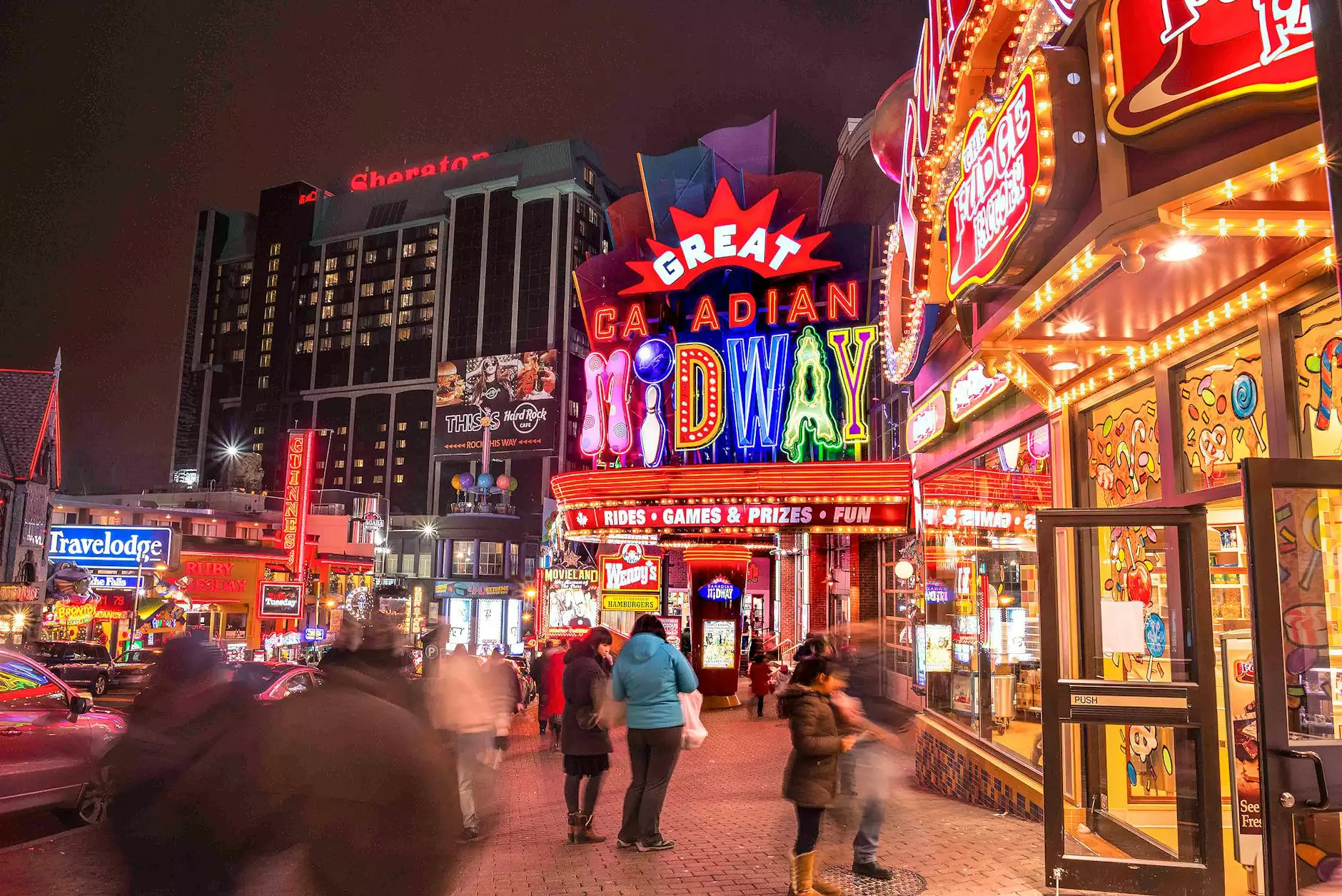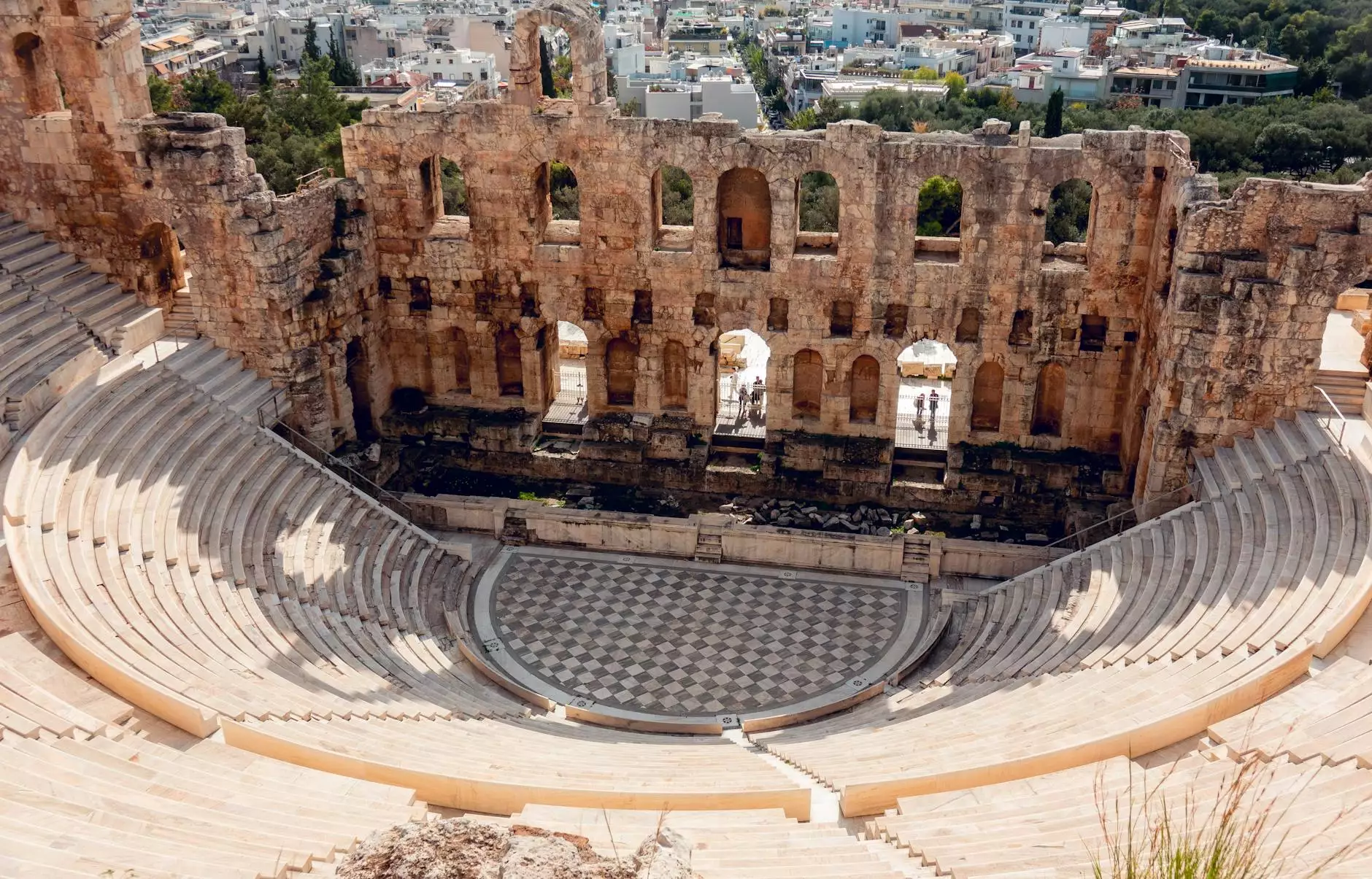Embarking on an Unforgettable Journey to Mera Peak Summit

Mera Peak Summit holds a special place in the hearts of adventure seekers and nature enthusiasts alike. Standing at an impressive altitude of 6,476 meters (21,247 feet), Mera Peak is one of the highest trekking peaks in the Himalayas, located in the Khumbu region of Nepal. This majestic mountain is not just a geographical landmark; it embodies the spirit of exploration, natural beauty, and cultural richness that defines Nepal. In this article, we will delve into the wonders of Mera Peak, the experience of trekking to its summit, and why it should be on every adventurer’s bucket list.
The Allure of Mera Peak
For many trekkers, reaching Mera Peak Summit represents the pinnacle of their trekking experiences. The appeal of this journey lies in a unique combination of challenging terrains, stunning vistas, and a chance to immerse oneself in the local culture of the Sherpa people. As you ascend towards the summit, you will be surrounded by a breathtaking panorama of some of the world’s highest peaks, including Mount Everest, Lhotse, Cho Oyu, and Makalu.
Why Choose Mera Peak? Explore the Unmatched Experience
There are several compelling reasons to consider Mera Peak for your next climbing adventure:
- Accessible Climbing Experience: Unlike some of the more technical peaks in the Himalayas, Mera Peak is considered a non-technical climb, making it accessible to a broader range of trekkers, including those with limited climbing experience.
- Majestic Scenery: The trek to Mera Peak offers stunning views of the surrounding mountains and valleys. The diverse landscapes—from lush green forests to rugged icy terrain—are a photographer’s paradise.
- Cultural Interaction: The trek allows for interactions with the local Sherpa communities. You will have the opportunity to experience their unique culture, traditions, and hospitality.
- Less Crowded Trails: Compared to other popular trekking routes like those leading to Everest Base Camp, Mera Peak tends to be less crowded, offering a more serene trekking experience.
- Stunning Sunrises and Sunsets: Witnessing the sunrise and sunset over the Himalayas from Mera Peak is an experience that will stay etched in your memory forever.
Preparing for Your Mera Peak Adventure
Preparation is key to ensuring a successful and enjoyable trek to Mera Peak Summit. Here are some essential aspects to consider:
Physical Fitness
While Mera Peak is considered manageable, physical fitness is essential. Begin training several months before your trek. Focus on building endurance through regular cardio workouts, strength training, and hiking exercises.
Choosing the Right Season
The best seasons to trek to Mera Peak are spring (March to May) and autumn (September to November). During these months, the weather is relatively stable, and the visibility of the mountain views is optimal.
Getting Acquainted with Altitude
Altitude sickness is a concern on high treks. Acclimatization is crucial. Spend a day or two at lower elevations before ascending to higher camps to help your body adjust to the altitude.
The Trek to Mera Peak Summit: What to Expect
Trekking to Mera Peak is a multi-day journey that takes you through spectacular landscapes, charming villages, and the serene atmosphere of the Himalayas. Here’s a breakdown of what your trekking itinerary might look like:
Day 1: Arrival in Lukla
Your adventure begins with a flight to Lukla, the gateway to the Khumbu region. After landing, you will meet your trekking team and begin your journey towards Paiya.
Day 2: Trek to Paiya
Begin your trek from Lukla to Paiya, experiencing the scenic beauty of the region. This day is less strenuous, allowing you to acclimatize.
Day 3: Trek to Pangkongma
As you continue through the picturesque valleys, you will reach Pangkongma, where you can enjoy the evening views and local hospitality.
Day 4: Trek to Nashing Dingma
This segment takes you higher into the mountains, leading you to lush forests and remote village landscapes.
Day 5: Trek to Kothe
Moving forward, you will arrive at Kothe, a key stop on your journey where you can acclimatize and prepare for the ascents ahead.
Day 6: Trek to Thangnak
As you make your way to Thangnak, the landscape transforms, showcasing the raw beauty of the Himalayan terrain.
Day 7: Acclimatization Day in Thangnak
This day is crucial for acclimatization. You can explore the area or take short hikes to prepare for the ascent.
Day 8: Trek to Khare
Your trek to Khare brings you closer to Mera Peak. The ambiance becomes more rugged as you approach the high-altitude regions.
Day 9: Acclimatization Day in Khare
Spend another day acclimatizing before making the final ascent to Mera Peak. Explore the glacier and prepare your climbing gear for the summit push.
Day 10: High Camp
From Khare, you will trek to the high camp. This is a critical leg of your journey as preparations for the summit begin.
Day 11: Summit Day
Wake up early for the summit push. The ascent requires determination and focus as you climb to the top of Mera Peak. Upon reaching the summit, the panoramic views will reward your efforts and offer breathtaking sights of the surrounding mountains.
Day 12: Descend back to Khare
After celebrating your achievement, begin the descent back to Khare to allow your body to recover.
Day 13: Return Trek
The return trek follows a similar trail back down, allowing you to reflect on your journey and might even feel a sense of nostalgia for the enchanting landscapes.
Day 14: Flight back to Kathmandu
After returning to Lukla, board your flight back to Kathmandu, concluding your unforgettable adventure to Mera Peak Summit.
What to Bring for Your Mera Peak Trek
Proper gear and preparation will ensure a safe and enjoyable trek. Consider packing the following essentials:
- Clothing: Layered clothing is crucial for the varying temperatures. Include thermal base layers, a good quality fleece jacket, and a waterproof insulated jacket.
- Footwear: Sturdy trekking boots with good ankle support and waterproofing are essential, along with hiking socks.
- Sleeping Gear: A comfortable sleeping bag rated for cold temperatures is vital.
- Backpack: A reliable daypack to carry your essentials during the trek.
- Trekking Poles: These provide stability and support during challenging sections of the trek.
- First Aid Kit: Include basic medications for altitude sickness, pain relief, and common injuries.
- Water Purification Tablets: Ensure safe drinking water throughout your trek.
Conclusion: Your Adventure Awaits!
In conclusion, Mera Peak Summit offers a unique blend of adventure, breathtaking scenery, and cultural immersion that few other destinations can match. Whether you are an experienced climber or a novice trekker, the journey to Mera Peak is within your reach, promising an experience that will leave you inspired and rejuvenated.
Join us at Peace Nepal Treks to embark on this remarkable adventure, and let us guide you through the heart of the Himalayas. Your dream of standing atop Mera Peak awaits!









